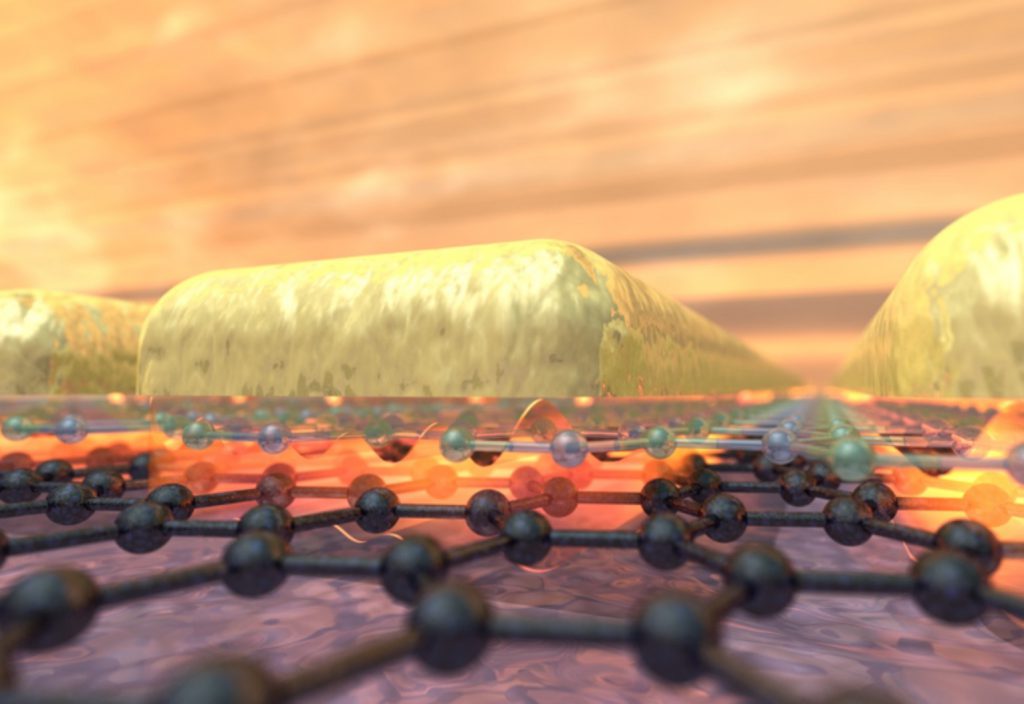Graphene, the two-dimensional super material, has pulled another rabbit out of its hat.
European researchers have used graphene to confine light to a space one atom thick, paving the way for ultra-small optical switches, detectors and sensors.
Not only is it stronger than steel, more conductive than copper, transparent and super-flexible, it can also be used to guide and control light in an atomic-width space (less than 1nm).
Researchers at the Institute of Photonic Sciences (ICFO) in Barcelona, Spain, have successfully squeezed infrared light between a layer of graphene and metal, separated by an atom-thick dielectric insulator.
“Graphene keeps surprising us: nobody thought that confining light to the one-atom limit would be possible,” said research leader Professor Frank Koppens.
Koppens said the research, recently published in Science, will open up completely new applications, including optical communications and sensing at a scale below one nanometer.
Most importantly, Koppens’ technique minimises energy losses in the light pulse. In previous studies, researchers have used metals to compress light below its wavelength, but were not able to reach atomic-widths without significant energy losses.
A surprise discovery
While an increasing number of researchers have been investigating how to trap light in increasingly tiny spaces, Koppens’ team was originally trying to achieve something quite different.
Graphene has the property of being able to guide light in the form of plasmons (oscillations of electrons that strongly interact with light). Lead author of the research, David Alcaraz Iranzo, said the team was initially looking for a way to excite graphene plasmons.
“On the way, we found the confinement was stronger than before and the additional losses minimal. So we decided to go to the one-atom limit with surprising results,” Alcaraz Iranzo said.
The experiment was conducted with a nano-optical device constructed from atom-thick two-dimensional materials (known as heterostructures). The device consisted of a layer of hexagonal boron nitride (hBN) sandwiched between a graphene monolayer and array of metal rods.
The researchers observed that even when the insulating hBN layer was reduced to one atom thickness, the confined light had minimal energy losses – the plasmons were still excited and able to propagate freely in this tiny space.
What’s more, the research team was able to switch the plasmon flow on and off using an electrical voltage to control light in a channel less than a nanometer thick.
Out of the lab and into society
ICFO is a member of the Graphene Flagship, a €1 billion (AU$1.6 billion) European research initiative with the task of bringing together academia and industry to take graphene out of the lab and into society in the next decade.
The flagship has more than 150 university and industry members spread across 23 countries.
According to Professor Andrea Ferrari, the Graphene Flagship’s science and technology officer, it’s driving the development of novel applications, particularly in the photonics and optoelectronics fields. But he stated that fundamental research such as the ICFO study are also important.
“Having reached the ultimate limit of light confinement could lead to new devices with unprecedented small dimensions,” Ferarri said.
